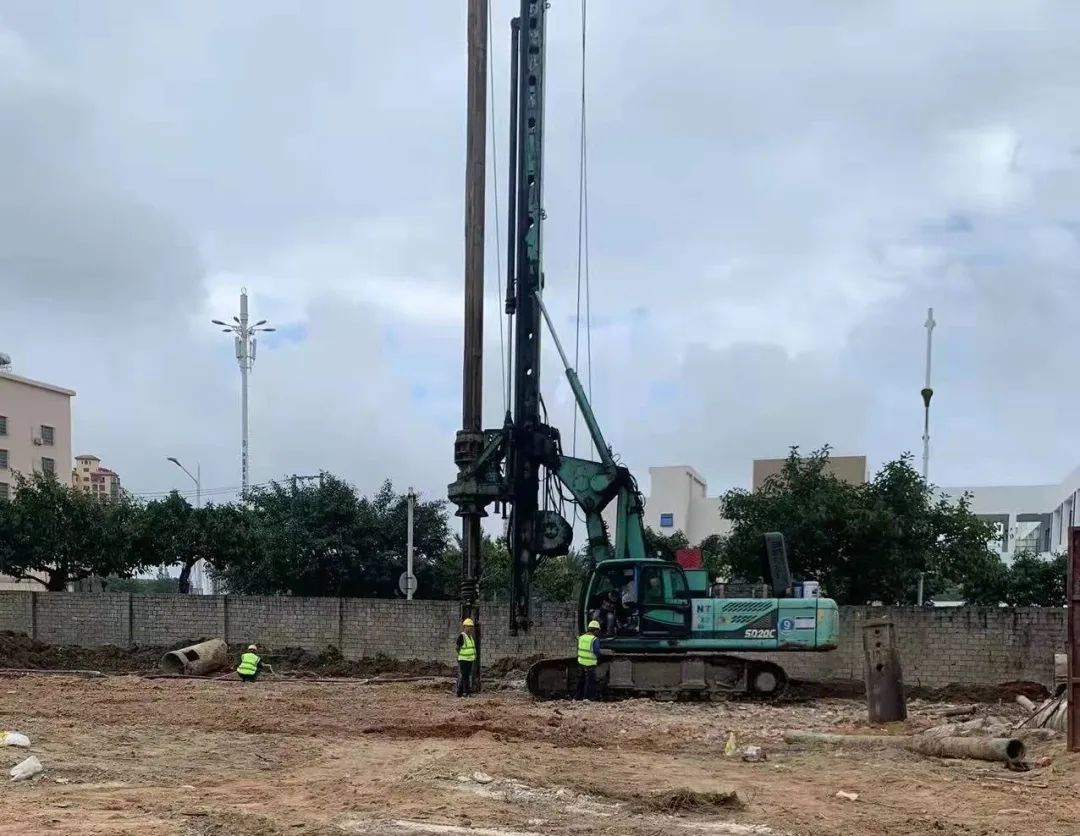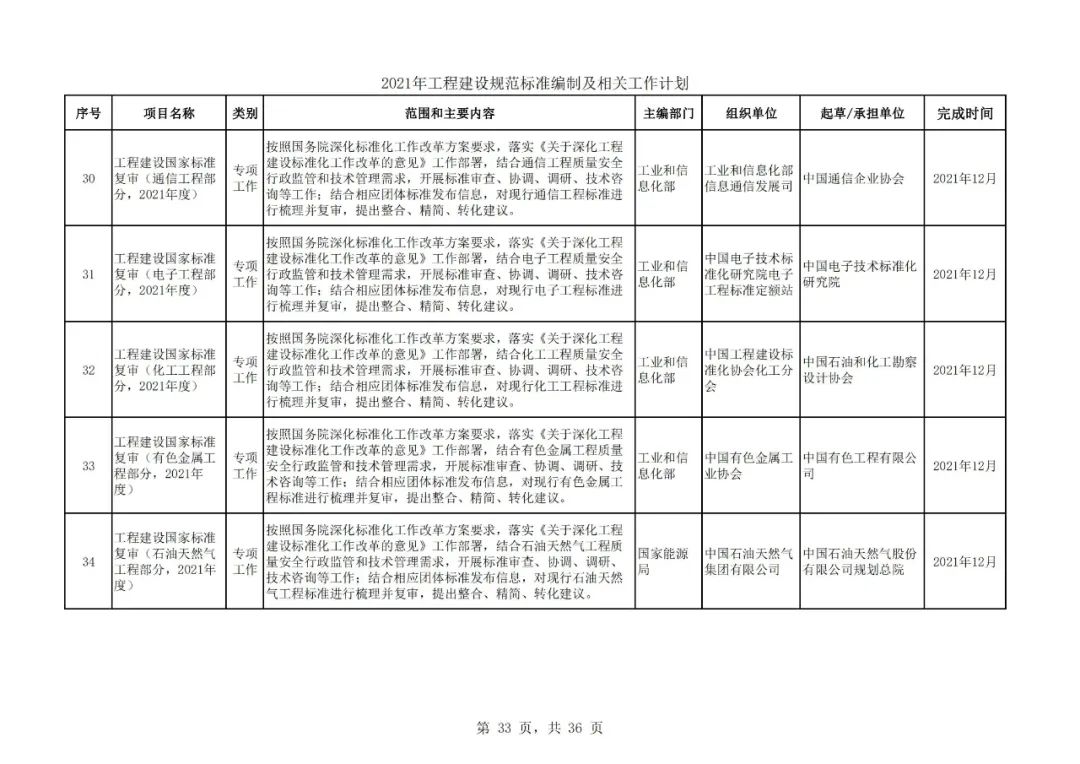The high roof at the ridge corner, the charming Zouma Building, the brick gate building, the shingle window and the street tower in the south of the Yangtze River are light and simple, simple and elegant, reflecting the artistic characteristics of clearness, lightness, elegance and simplicity, and full of the ancient and quiet meaning of the water town in the south of the Yangtze River.
Hutong quadrangles are also one of the elements of folk culture in old Beijing, the carrier of the life and work of the common people, and have profound historical value.
Rainwater falling from the roof on rainy days flows into the patio from four sides, commonly known as “four waters return to the hall”, which also vividly reflects the mentality of Huizhou merchants that “fat water does not flow into the fields of outsiders”.
Fujian, that is, Fujian, is an architectural style popular in southern Fujian.
The individual buildings are large in scale, different in shape, close to mountains and rivers, and well arranged; Unique architectural style, superb engineering technology and rich cultural connotation.
For thousands of years, due to the different living habits of people in different regions, many distinctive buildings have been left on the land of China.
They are known as the three wonders of Huizhou ancient architecture, and are valued and admired by the Chinese and foreign architectural circles.
People began to pursue it since the Spring and Autumn Period and the Warring States Period.
Especially, folk houses, ancestral halls and memorial archways are the most typical ones.
▼ [Anhui style architecture] Key words of architecture: The honor of Anhui style architecture is that it has elegant Anhui style dwellings for thousands of years, green tile white walls, brick carved gatehouses, and Anhui style architecture is famous for folk houses, ancestral temples, and memorial archways, which gathers the spirit of Huizhou mountains and rivers, and blends the essence of customs and culture.
The buildings of different schools write their own stories with their unique historical and cultural accumulation.
There are twists and turns in the straight dew, and there are ups and downs in the gentle place, which makes people memorable.
They are either exquisite, quiet or majestic, which today’s architecture can never surpass.
Let’s go into them together, listen to the voice of ancient culture, and feel the profound history of big countries.
Tang Xianzu once said, “You will never dream of Huizhou in your life.”.
Among them, Anhui School is the most familiar branch of Anhui School, which was listed in the “World Heritage List” in 2000.
Anhui style architecture is one of the most prominent architectural styles among the six major architectural genres, and is the representative of the folk houses in southern China.
Among them, “Tulou” is its most distinctive representative, which is a kind of residential building with defensive performance for gathering families.
Beijing-style architecture is the most typical architecture in northern China, and the most typical of Beijing-style architecture is Beijing’s quadrangles.
The roof with high ridges and corners, the gate building with the charm of the south of the Yangtze River, twists and turns, hides and hides, feeds birds and fish, and stacks stones and sceneries, which can be regarded as an artistic model of garden-style layout.
It can be seen that Huizhou has a deep attraction for great opera writers.
It appeared in the Song and Yuan Dynasties, and became prosperous in the Ming and Qing Dynasties, and has continued to this day.
It brings the raw earth ramming technology to the extreme.
The building has complete production, living and defense facilities, which is a unique type of traditional Chinese residential buildings, providing valuable physical data for the research of architecture, anthropology and other disciplines.
The Hui-style folk houses form an inward courtyard centered on a high and deep patio, surrounded by high walls.
It reveals the rich Hakka style and Tulou elements everywhere, and perfectly and vividly restores the Yongding Hakka Tulou in the film.
Generally, it can be divided into the following six schools: Anhui School, Fujian School, Beijing School, Jiangsu School, Jin School and Sichuan School.
The single building is large and fine in scale.
In case of fire, such design can stop the spread of fire, safe and reliable.
The site selection, decoration, carving and painting of the quadrangles reflect the folk customs and traditional culture with a long history, and show people’s pursuit of happiness, beauty, prosperity and auspiciousness under specific historical conditions.
.
There is a kind of honor that only Chinese people can understand, that is, ancient Chinese architecture.
It is not only beautifully shaped, but also integrates the wisdom of the ancients.
It originated from the ancient building technology of raw earth engraving in the Central Plains.
How many Chinese people want to own a Suzhou homestead, as a place for old people to relax, and invite three or two friends to have tea, chat and write, which is the best! ▼ [Min-style architecture] Key words of architecture: the defense function of the Min-style architecture is the honor of the Min-style architecture, which has been inherited for more than 500 years.
There are also “three carving” wood carving, stone carving and brick carving in the architectural style of Huizhou folk houses.
▼ [Su style architecture] Key words of architecture: the noble value of Su style architecture is that it has existed in Suzhou gardens for thousands of years.
The styles are different and come down in one continuous line.
The well-arranged horsehead wall is also the finishing touch of the whole building of Anhui style.
Historically, there were more than 1000 hutongs in the old 49 cities of Beijing, and the residential quadrangles in the capital were scattered in these hutongs.
Chinese classical gardens stress twists and turns and hide them.
Common types include round building, square building, five-phoenix building, palace-style building, etc.
The garden-style layout is one of its prominent features.
The skillful craftsman has done his best to carve every pattern and every stroke with rigorous structure and exquisite carving.
The Soviet style architecture is the architectural style in Jiangsu and Zhejiang, and is the epitome of the architectural style in the north and south.
Among them, there is a feeling of “winding paths lead to secluded places, deep flowers and trees in the meditation room” and “all sounds are quiet, but the chimes are ringing”.
The Min-style architecture takes the long-established raw earth ramming technology into full play.
The animated film “Big Fish and Begonia”, which is known as the last 12 years, is a Guoman film with the Yongding Hakka Tulou as the story scene.
Both the public and the common people have a constant relationship with the quadrangles.
The author of “Big Fish and Begonia” also said: “The tulou in Fujian Province, China, has a mysterious feeling like a dream, which seems to come from a paradise.”, They are priceless treasures of northern culture.
The bunker-style architectural style has been used so far and is extremely strong, which can prevent fire and earthquake as well as the invasion of the enemy.




